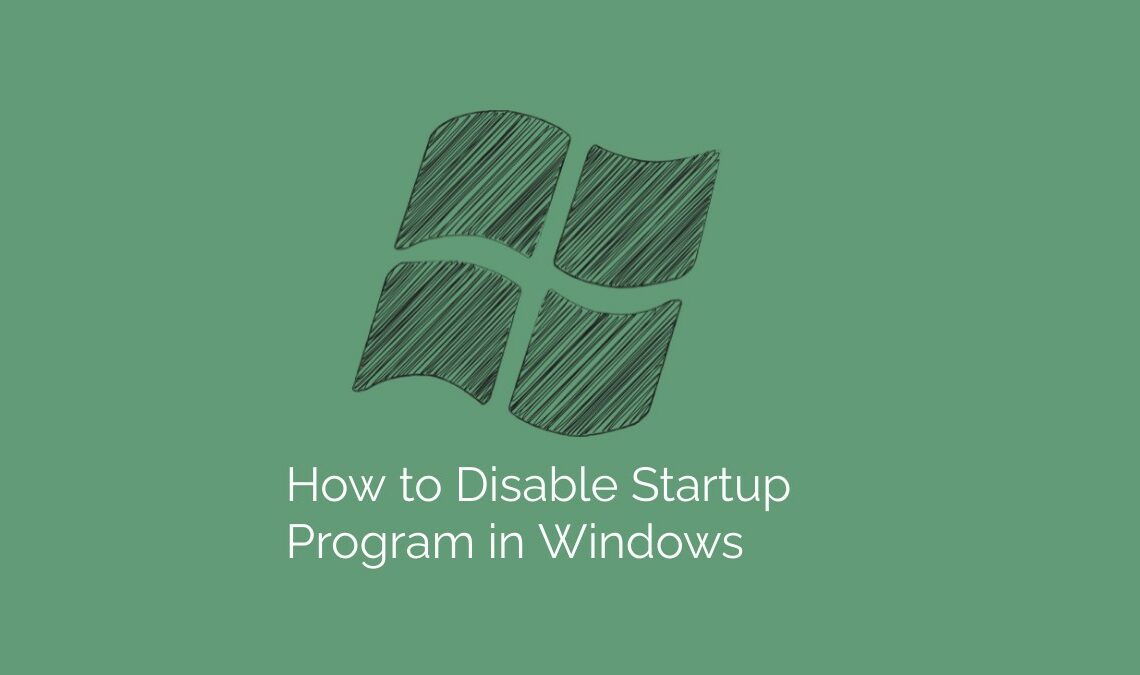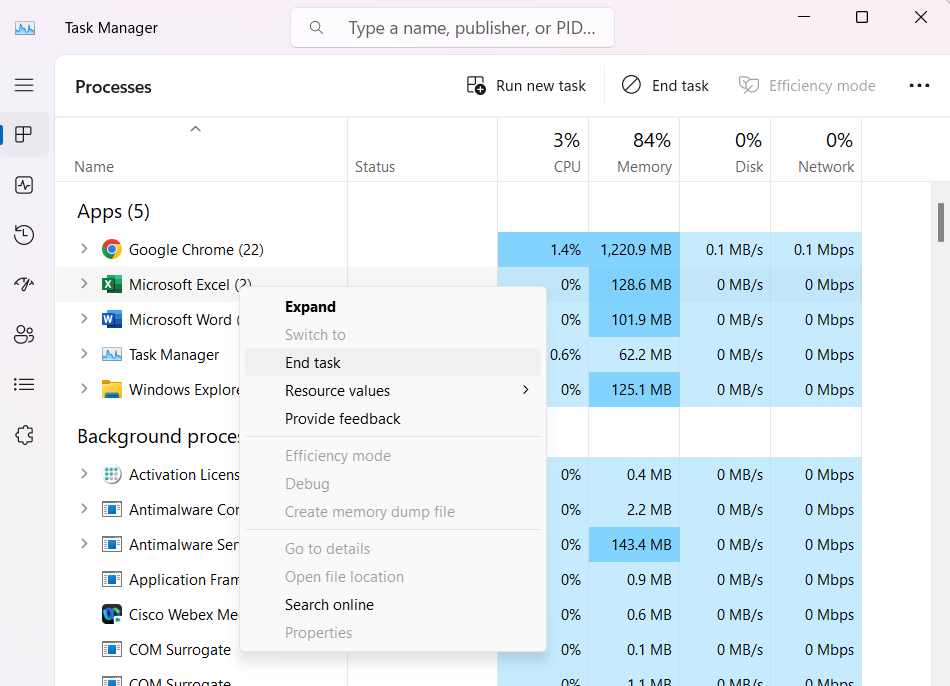
Managing startup programs is crucial for optimising PC performance across various Windows versions, including Windows 7, 8, 10, and 11. When a computer boots up, several programs automatically launch in the background, consuming system resources and potentially slowing down the startup process. By disabling unnecessary startup programs, users can significantly improve their PC’s speed and efficiency. Optimizing startup programs not only enhances system performance but also reduces boot time, allowing users to get to work faster. It’s an effective way to declutter the system and ensure that essential programs receive priority during startup. By following simple steps tailored to each Windows version, users can streamline their PCs and experience smoother computing experiences. In this guide, we’ll explore the methods to disable startup program across different Windows iterations, empowering users to take control of their PC’s performance.
To Disable Startup Program on Windows 7
- Access MSConfig either by searching for it in the Start menu or opening the Run dialog (Win + R) and typing “msconfig“.
- Once MSConfig opens, navigate to the Startup tab.
- In the Startup tab, you’ll find a list of programs set to launch at startup. Select the programs you want to disable by unchecking their corresponding checkboxes.
- After deselecting the desired programs, click Apply to save the changes.
- Confirm the changes by clicking OK.
- Restart your computer when prompted for the changes to take effect.
By using MSConfig, users can efficiently manage startup programs, enhancing system performance and reducing boot time. This tool provides a straightforward interface for users to identify and disable unnecessary startup programs, thereby optimizing system resources and improving overall efficiency. Whether accessed through the Start menu or the Run dialog, MSConfig offers users a convenient solution for customizing startup programs according to their preferences, ensuring a smoother and more streamlined computing experience on Windows 7, Vista, or XP.
To Disable Startup Program on Windows 10
1. How to Disable Startup Program Via the Settings App
- Access the Startup Apps management panel within the Settings app.
- Here, users can easily toggle off unwanted startup programs, preventing them from launching automatically during system boot.
2. By Utilizing Task Manager
- Open Task Manager by pressing Ctrl+Shift+Esc.
- Navigate to the Startup tab within Task Manager.
- From the list of startup programs, users can select and disable the ones they no longer wish to launch at startup.
- Some programs may ask for confirmation before disabling them. If prompted, confirm your choice to disable the program.
Both methods offer straightforward approaches to managing startup programs on Windows 10. The Settings app provides a user-friendly interface, allowing for quick toggling of startup programs, while Task Manager offers more detailed insights into each program’s impact on system startup
To Disable Startup Program on Windows 11
1. Disable Startup Program Through Task Manager
- Open Task Manager by pressing Ctrl+Shift+Esc.
- Go to the Startup tab within Task Manager.
- Select the programs you want to disable from the list and click “Disable“.

2. By Using the Settings App
- Access the Settings app and navigate to the Startup Apps page.
- Locate the unwanted startup apps and toggle them off.
3.By Using MSConfig
- Press Win + R to open the Run window.
- Type “MSconfig” and click OK.
- In MSConfig, uncheck “Load startup items” on the General tab.
- Click Apply, then OK.
- Restart your computer when prompted.

These methods offer user-friendly ways to manage startup programs, allowing for smoother system operation and improved boot times. By selectively disabling unnecessary startup programs, users can optimize their Windows 11 experience. This ensures that only essential applications launch at startup, thus conserving system resources and enhancing overall performance. Through the simplicity of Task Manager or from the Settings app, users have the flexibility to customize their startup programs according to their preferences.
Controlling the Launch of Startup Programs
Many applications provide built-in options to manage their startup behavior without the need to delve into Task Manager. For instance, popular web browsers like Google Chrome and Mozilla Firefox offer settings within their preferences or options menus to control whether they launch at startup. Similarly, productivity suites like Microsoft Office often include options in their settings to enable or disable automatic startup. Users can access these settings within the respective applications, allowing for more granular control over startup behavior without affecting other programs or system processes. This approach offers a convenient and user-friendly alternative to Task Manager for managing startup programs.
What you Should Know Before Disabling a Startup Program
Restarting Your Computer
In some cases, changes to startup programs may require a restart to take effect. You can either restart your computer immediately or choose to do so later, depending on your preference.
Functionality of the Program
Ensure that you understand the purpose of the program you’re planning to disable. Some programs are essential for the proper functioning of your system, while others may be unnecessary or even harmful.
Impact on System Performance
Evaluate the impact of the program on your system’s performance. Some startup programs consume valuable system resources and may slow down your computer’s boot time or overall performance.
Relevance to Your Usage
Determine whether the program is relevant to your usage patterns. If you rarely use or no longer need a particular program, disabling it from startup can help declutter your system and improve efficiency.
Potential Consequences
Be aware of any potential consequences of disabling the program. Disabling certain essential programs may lead to errors or malfunctions in other applications or system processes.
- How to Remove Bing Search from Windows 11
- How to Fix “Your Device Ran Into a Problem and Needs to Restart”
Conclusion
Disabling startup programs across various Windows versions is a straightforward process, accessible through tools like Task Manager, MSConfig, and the Settings app. It’s essential to take advantage of these options to disable startup programs and optimise system resources. Take control of your PC today by implementing these methods to disable startup programs and unlock the full potential of your Windows system.

